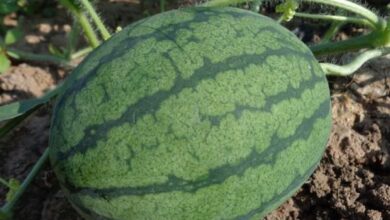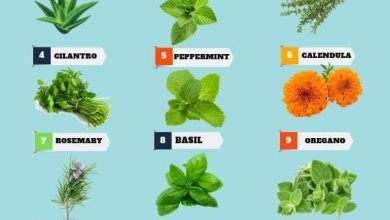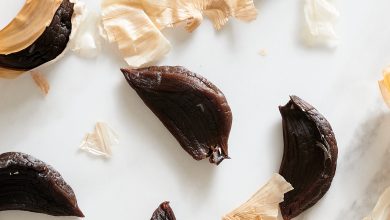Almond Tree Cuttings: [Concept, Time, Rooting and Sowing]
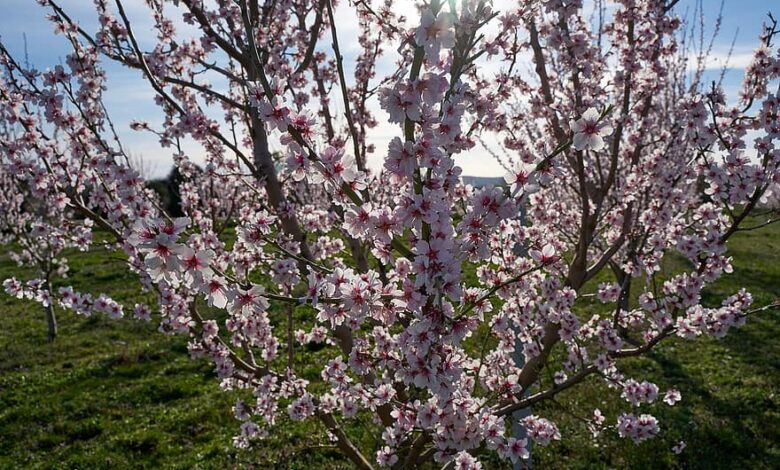
What does it mean to plant by cuttings?
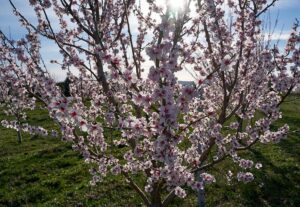 The multiplication or propagation of a vegetable by a part of it, be it a leaf, a branch or a stem, is known as the method of planting by cuttings.
The multiplication or propagation of a vegetable by a part of it, be it a leaf, a branch or a stem, is known as the method of planting by cuttings.
Sowing by cuttings is very useful for those plants that do not produce seeds or that produce a limited number of them.
The cutting or part of the plant must be a fragment that contains buds and a good consistency, in such a way that it can be reproduced under appropriate environmental conditions.
Plants that are reproduced by cuttings have the advantage that they retain all the characteristics of the original plant. With this planting method, a good number of plants can be multiplied from a single specimen: homogeneous and of good commercial quality.
The technique of planting by cuttings is widely used and recommended by horticulturists and is the favorite method of gardening enthusiasts because it is simple and easy to perform.
What is the best time to plant almond cuttings?
The best time to plant the almond cuttings, and since it is a woody plant species, should be in autumn – winter .
How to get the almond cuttings to root correctly?
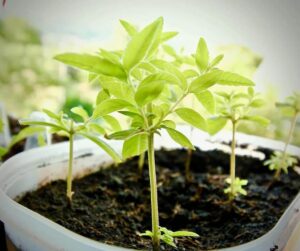 Once the almond tree cuttings are prepared, they are placed in a glass cup with natural rooting agent that can be lentils , and they are left immersed for a period of 12 hours.
Once the almond tree cuttings are prepared, they are placed in a glass cup with natural rooting agent that can be lentils , and they are left immersed for a period of 12 hours.
It is recommended to carry out this procedure before sowing the almond tree to guarantee the necessary conditions for a good rooting of the plant .
After 12 hours of soaking the almond cuttings in the natural rooting agent, they will be placed on a damp napkin and rolled up and then placed in a plastic bag.
The cuttings will be located in a dark place and under surveillance so that they remain moist in the part where they are rolled with the napkin. It will be necessary to wait for the roots to come out before proceeding to sow them.
How should we take the almond cuttings to plant them?
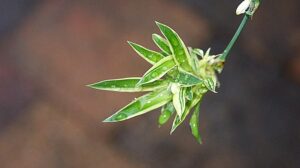 The almond tree cuttings must be cut from the lower part of the tree or mother plant, from which a long branch of more or less 50 cm can be obtained.
The almond tree cuttings must be cut from the lower part of the tree or mother plant, from which a long branch of more or less 50 cm can be obtained.
The branch obtained from the tree will be cleaned of leaves and knots and then cut into several parts. Subsequently, the cuttings are prepared by cutting in such a way that they retain two or three buds, each of them.
The almond cuttings should be at least 10 to 15 centimeters long so that you have material when you are going to plant. It is important to take the almond cuttings from a mother plant that is healthy and in good phytosanitary conditions.
Gardening tools for taking almond cuttings must be sharp, clean and disinfected.
How long should we leave the almond cuttings in water?
Expert gardeners carry out a process to the almond cuttings with natural rooting for twelve hours and then place them in a plastic bag, wrapped in a napkin and place them in a dark place.
Although the almond tree cuttings are not left directly in the water, the humidity must be taken care of until the new roots and some shoots emerge.
Is it convenient to use compost or compost?
 Although the contribution of nutrients is not so important for the almond tree, at least before the new sprouting and transplanting, nitrogen fertilizer can be added during the spring and autumn to favor the flowering of the following year.
Although the contribution of nutrients is not so important for the almond tree, at least before the new sprouting and transplanting, nitrogen fertilizer can be added during the spring and autumn to favor the flowering of the following year.
The rooting substrates of the almond tree must be sufficiently dense and firm to serve as an anchor for the cuttings. They must also have sufficient water-holding capacity but with good drainage and allowing gas exchange.
A mixture of peat moss with perlite will be fantastic for the almond tree as they have water retention qualities. Peat is a 100% natural soil improver, which has the quality of retaining water, in addition to improving the structure of the soil.
How long does it usually take for an almond tree cutting to come out?
 In the case of woody species, such as the almond tree, it is possible that an almond tree cutting takes between 3 to 4 months to take root and some shoots.
In the case of woody species, such as the almond tree, it is possible that an almond tree cutting takes between 3 to 4 months to take root and some shoots.
In general terms, it can be said that almond production is very early, it could be the 2nd year although the first important commercial harvest is during the 3rd year.
Full production, according to studies and research, is normally reached in the 7th-8th year, and can be advanced (6th or 7th year) in high-density and well-conducted plantations. In very high-density almond plants, full production can be reached by the 5th year after sowing.

![Photo of Rhipsalis: [Planting, Care, Irrigation, Substrate, Pests and Diseases]](https://www.complete-gardening.com/wp-content/uploads/2022/08/rhipsalis-planting-care-irrigation-substrate-pests-and-diseases-390x220.jpg)
